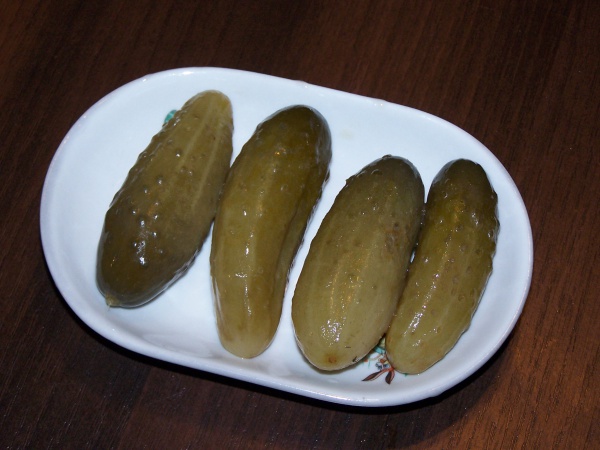Facts About Pickled cucumber
Pickled cucumbers are cucumbers preserved in a brine, vinegar, or another solution and allowed to ferment. They can be made through natural fermentation or by adding vinegar. The history of pickled cucumbers dates back to ancient regions such as China and Mesopotamia.
There are various types of pickled cucumbers, each with its own unique flavor and preparation method:
- Brined Pickles: Fermented naturally in a saltwater brine.
- Bread-and-Butter Pickles: Marinated in a sweet and sour solution.
- Gherkins: Small cucumbers specifically used for pickling.
- Kosher Dill Pickles: Made following a traditional Jewish recipe.
- Hungarian Pickles: Prepared without using vinegar.
- Polish and German Pickles: Sour and seasoned in distinctive ways.
- Lime Pickles: Soaked in pickling lime to improve texture.
- Kool-Aid Pickles: Soaked in a mix of Kool-Aid and pickle brine for a unique flavor.
Nutritionally, pickled cucumbers are low in calories and provide vitamin K and sodium. Sweet varieties, like bread-and-butter pickles, have higher calorie content due to added sugar. There is ongoing research into the probiotic benefits of pickles.
Pickled cucumbers are enjoyed worldwide as side dishes, condiments, and even festival foods. They appear in various dishes and preparations across different cultures.
The word "pickle" comes from the Dutch word "pekel" meaning brine. In the US and Canada, "pickle" usually refers to pickled cucumbers, while in the UK, it encompasses a wider range of pickled vegetables.

 Russia
Russia